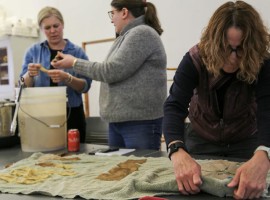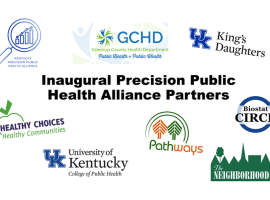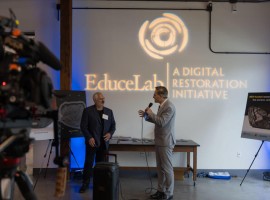The Quest for a Medication to Treat Methamphetamine Addiction
In 2017, Dr. Linda Dwoskin applied to NIDA's Grand Opportunity for Medications Development program for support to continue her quest to develop the first-ever medication to reduce craving and relapse in methamphetamine use disorder. The goal of her project aligned perfectly with the program's objective "to fund medication studies that will have a high impact and quickly yield the necessary results to advance medication closer to FDA approval." Success would fill an enormous need, affecting nearly 700,000 Americans with problematic use of the stimulant. Moreover, Dr. Dwoskin and her team at the Universities of Kentucky and Arkansas had brought their work to a place where they could hope that one last push might put them over the finish line.
While Dr. Dwoskin waited to learn the fate of her grant application, she worried. Giving patients and treatment providers a weapon against the ravages of methamphetamine addiction would mean more to her, professionally and personally, than anything else she had accomplished in her distinguished career as researcher and educator. But without new funding, she would have scant hope of ever achieving this goal to which she had devoted 20-plus years of diligent, concentrated effort.
If NIDA turned down Dr. Dwoskin's application, she might be able to get money elsewhere, but that would be a long shot. She says, "We've had some sniffing around from private companies that might be interested in providing some funding, because we're pretty close to our goal of a molecule that meets the criteria for testing in people. But they would have to see positive data before investing, and I would have to secure funding somewhere to produce the positive data."
Meanwhile, Dr. Dwoskin appealed to her institution, the University of Kentucky, which provided her with interim funding. "The university was confident based on our track record that we would succeed eventually," says Dr. Dwoskin. These funds, plus some money she had remaining from her previous NIDA grant, enabled her to keep the work moving, albeit at a reduced level of activity.
"The most important thing was to keep the team together," she says. "We have six technical staff who are the workhorses on the project. They perform the assays, analyze the data, present their findings in team meetings, and contribute ideas for trouble shooting problems that arise. Maintaining their involvement and efforts is critical, especially for our project where day-to-day consistency in performance of the assays is needed." With the interim funds in hand, Dr. Dwoskin could pay her technical staff salaries and continue to support graduate students, some of whom were relying on project data for their Ph.D. theses. Faculty members donated time during this lean period.




